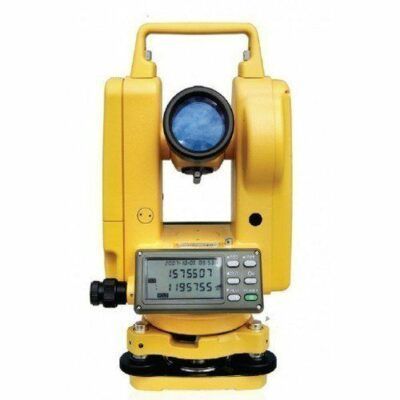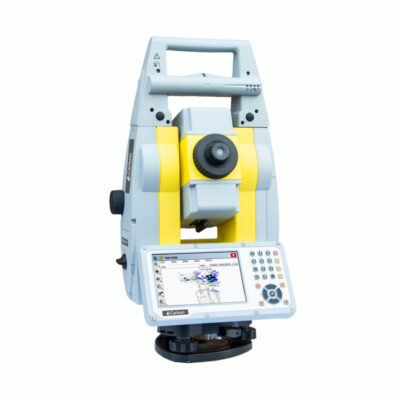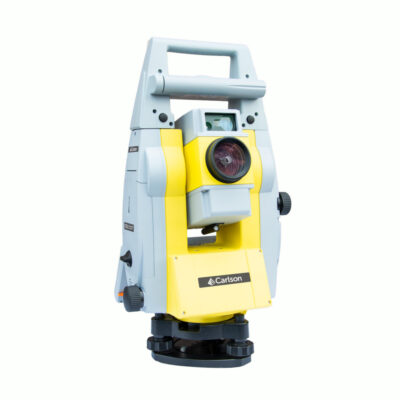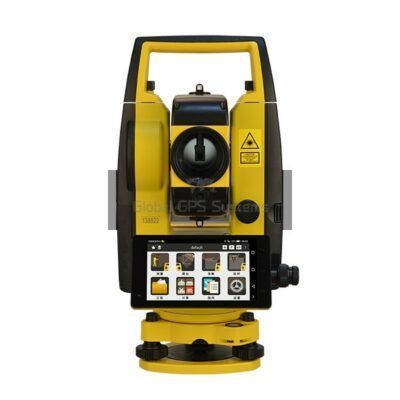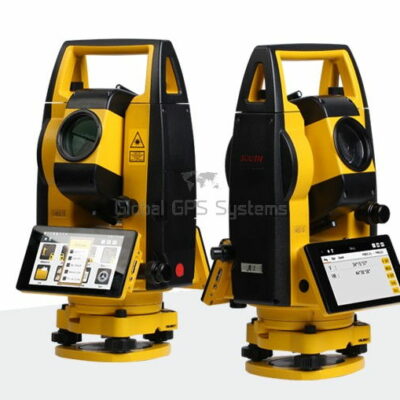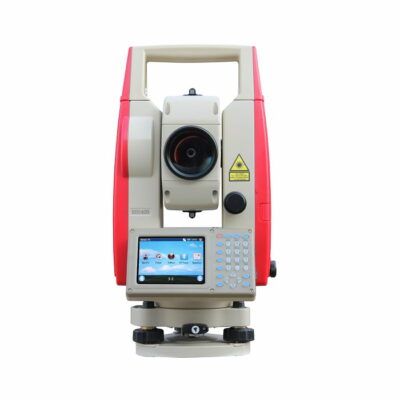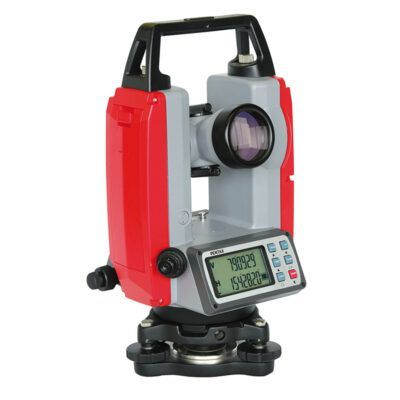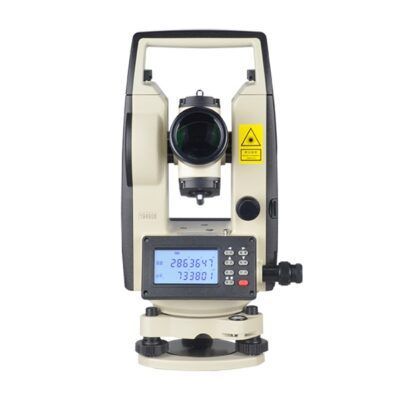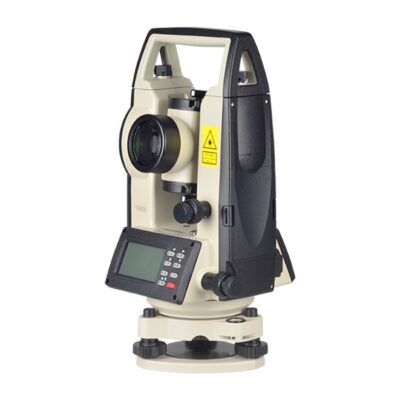Total Station
Total Station Guide: Which Total Station Do I Need?
Theodolites
When it comes to surveying and construction projects, precision and accuracy are paramount. That’s where total stations come into play, serving as indispensable tools for land surveyors, engineers, and construction professionals. However, with various options available on the market, it can be challenging to determine which total station is the right fit for your specific job. In this article, we’ll delve into the key differences between robotic total stations, manual total stations, and theodolites, helping you make an informed decision on which one suits your needs best.
Understanding Total Stations and Theodolites
Before we dive into the specifics, let’s start with a brief overview of what total stations and theodolites are and their primary functions.
Total Stations
A total station is a modern surveying instrument that combines the functionalities of a theodolite, an electronic distance measuring device (EDM), and a data collector. These versatile instruments allow surveyors to measure angles, distances, and coordinates with exceptional accuracy. Total stations are equipped with advanced features such as electronic data storage, laser measurement capabilities, and various surveying software integrations.


Theodolites
Theodolites are traditional surveying instruments primarily used for measuring horizontal and vertical angles. They lack the electronic distance measuring capabilities of total stations, making them more suitable for tasks that require precise angle measurements but do not necessarily involve distance calculations. Theodolites are often used in applications like topographic mapping and geodetic surveying.
Robotic Total Stations vs. Manual Total Stations
Now that we have a basic understanding of total stations and theodolites, let’s explore the key differences between robotic total stations and manual total stations.
Robotic Total Stations
-
Automation: Robotic total stations are equipped with motorized components that allow them to automatically track and follow a prism target held by a surveyor. This automation significantly reduces the need for a second person to operate the instrument, increasing efficiency and productivity.
-
Remote Operation: Surveyors can control robotic total stations remotely using a controller or even a smartphone or tablet. This remote operation capability is particularly useful for tasks that require precise measurements in challenging or hazardous environments.
-
Increased Productivity: The automation and remote operation features of robotic total stations lead to faster data collection and reduced labor costs, making them an excellent choice for large-scale construction and surveying projects.
-
Higher Cost: Robotic total stations are generally more expensive than their manual counterparts due to the added automation and technology.
-
Complexity: Operating a robotic total station may require more training and expertise than using a manual total station.
Manual Total Stations
-
Simplicity: Manual total stations are relatively straightforward to operate, making them suitable for smaller projects and those with budget constraints.
-
Accuracy: While manual total stations offer high levels of accuracy, achieving it depends largely on the skill and experience of the surveyor. The human element can introduce errors.
-
Affordability: Manual total stations are typically more affordable than robotic models, making them a cost-effective choice for smaller surveying and construction firms.
-
Suitable for Specific Applications: Manual total stations are well-suited for tasks that require precise angle measurements and are not overly dependent on automation or high-speed data collection.
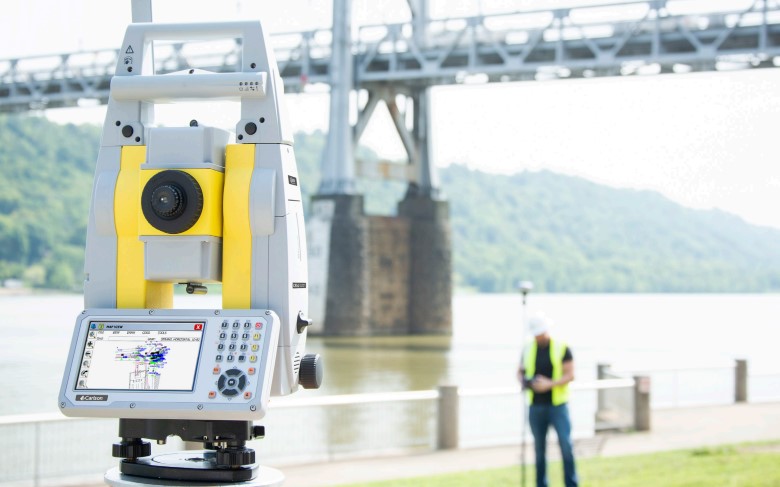
Choosing the Right Total Station for Your Job
Now that we’ve covered the differences between robotic and manual total stations, let’s discuss how to choose the right one for your specific job. The choice largely depends on the nature of the project and your budget.
When to Use a Robotic Total Station
-
Large-Scale Construction Projects: Robotic total stations excel in large construction projects, where efficiency and speed are critical. They can quickly and accurately collect data over vast areas, reducing labor costs.
-
Highly Precise Measurements: If your project requires extremely precise measurements, such as those in tunneling, bridge construction, or high-rise building construction, a robotic total station is an ideal choice.
-
Remote or Hazardous Environments: Robotic total stations are invaluable when working in areas where human access is limited or dangerous. Their remote operation capabilities ensure safety and efficiency.
Some popular robotic total stations
Total Stations
Total Stations
When to Use a Manual Total Station
-
Small to Medium-Scale Projects: Manual total stations are cost-effective and suitable for smaller to medium-sized projects where automation is not a primary concern.
-
Precise Angle Measurements: If your project primarily involves precise angle measurements and you can achieve the required accuracy manually, a manual total station may be sufficient.
-
Budget Constraints: For those with budget limitations or starting a smaller surveying or construction business, a manual total station offers a more affordable entry point.
-
Learning Curve: If you or your team are new to surveying equipment, starting with a manual total station can help build essential skills before moving on to more complex instruments.
some popular manual total stations
Total Stations
Total Stations
Total Stations
Manual total stations
Theodolites: A Specialized Option
While total stations are versatile tools that can handle a wide range of surveying tasks, theodolites still have their place in certain specialized applications. Consider using a theodolite when:
-
Highly Accurate Angle Measurements Are Required: Theodolites are known for their exceptional angular accuracy, making them suitable for tasks like geodetic surveying and precise angle measurements in research projects.
-
Distance Measurements Are Not Critical: If distance measurements are not a primary concern in your project, a theodolite’s focus on angle measurement may be more beneficial.
-
Budget Is Limited: Theodolites are often more budget-friendly than total stations, making them a practical choice for small-scale projects or when upgrading from traditional surveying methods.
some popular theodolites
Total Stations
Total Stations
Total Stations
Conclusion
Choosing the right total station or theodolite for your surveying or construction project is a crucial decision that can impact both the accuracy and efficiency of your work. Robotic total stations offer automation and remote operation capabilities, making them ideal for large-scale projects and situations where precision and speed are essential. Manual total stations are cost-effective and suitable for smaller projects or when highly precise angle measurements are the primary concern. Theodolites, on the other hand, provide exceptional angular accuracy and may be a cost-effective choice for specific applications.
Ultimately, the choice comes down to the unique requirements of your project, your budget, and the level of automation and precision you need. By carefully considering these factors, you can select the total station or theodolite that will best serve your surveying needs and contribute to the success of your project.


